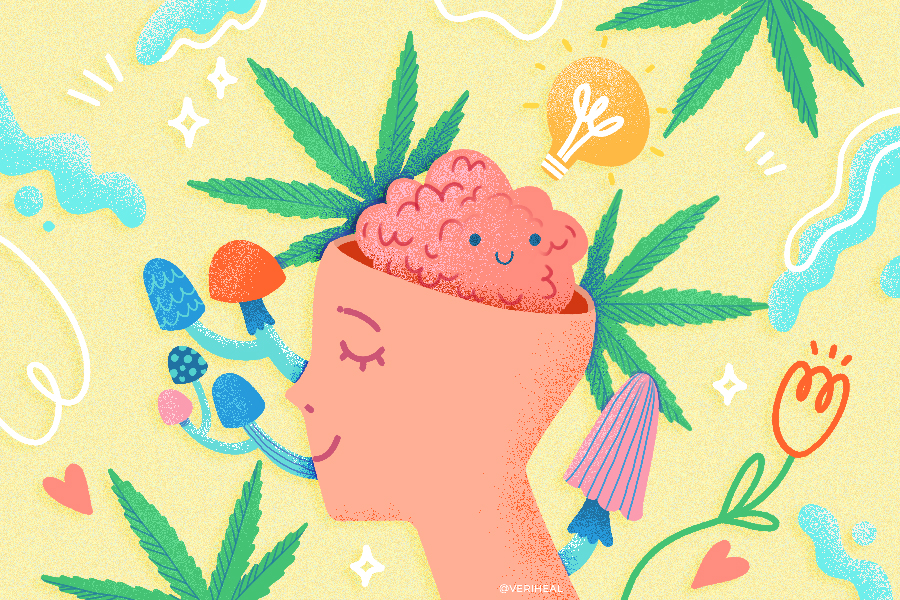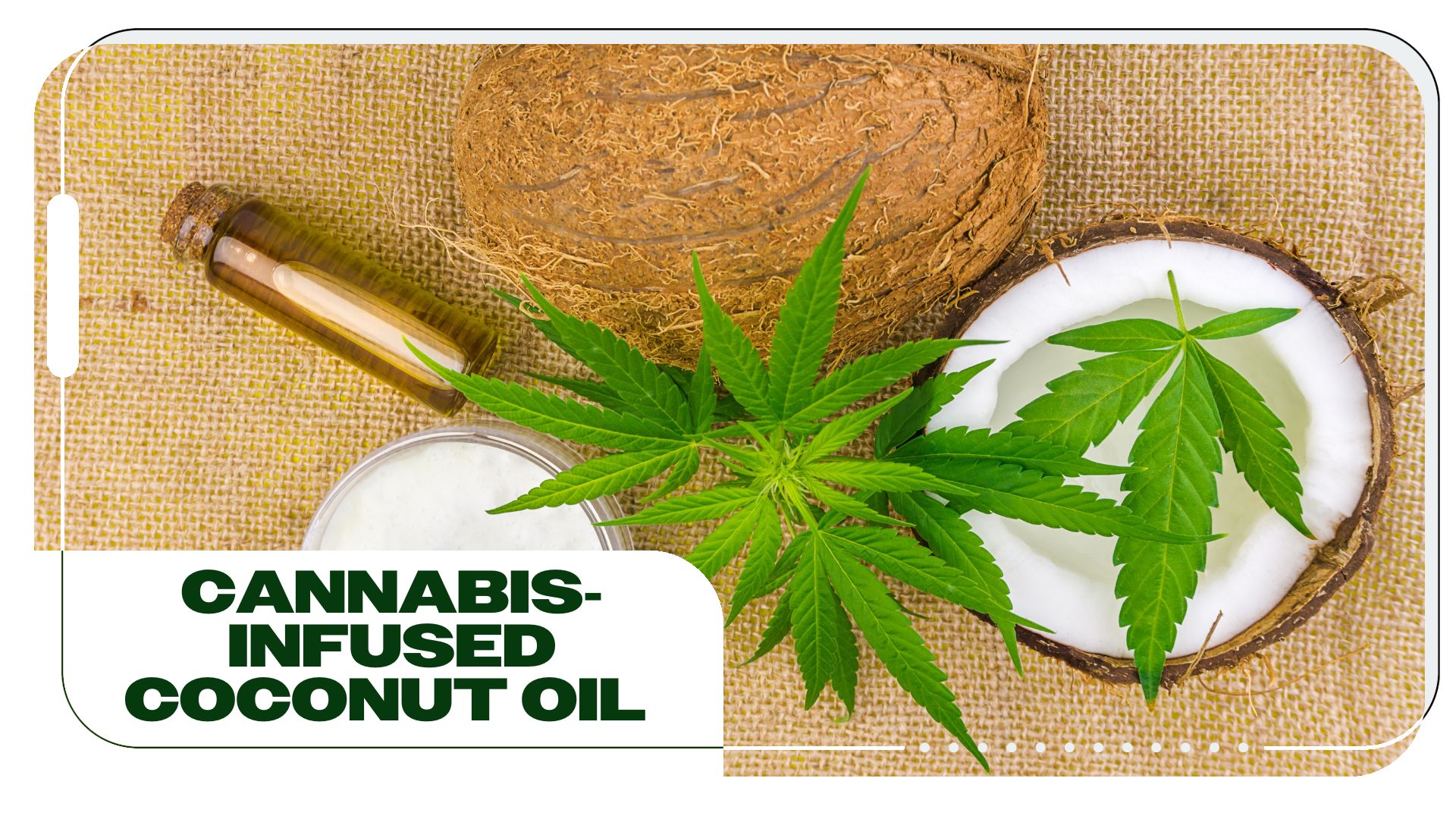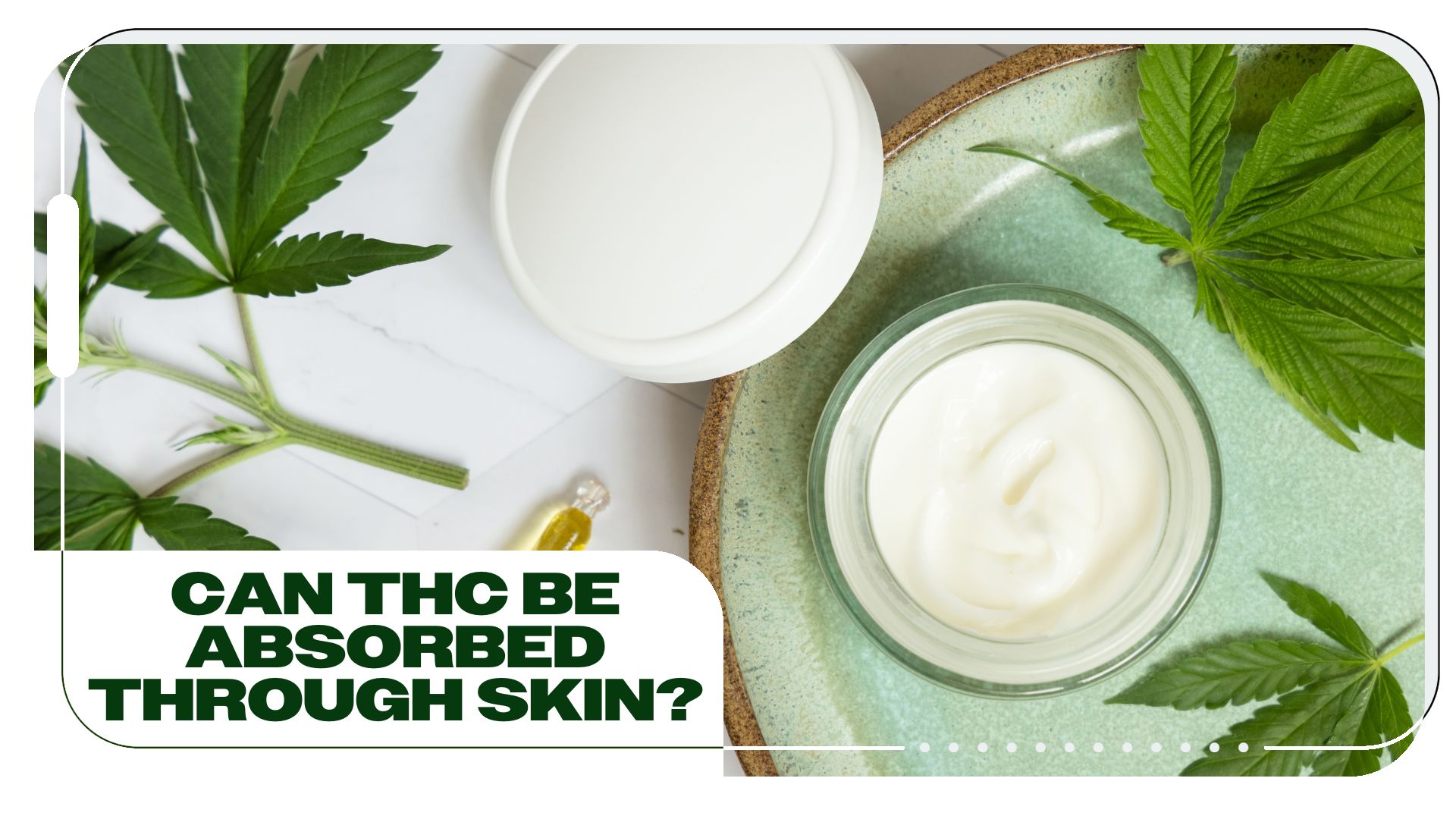Learning and memory are two of the best-characterized and most studied examples of neural plasticity, or “neuroplasticity,” but there are actually many stimuli that can activate neuroplastic processes, including one’s environment, social aspects, behavior, and, more significantly, pharmacological stimuli (medicinal substances).
Considering this, researcher Ronal Duman explains that neuroplasticity is perhaps “one of the most essential and important processes that the brain performs as it relates to many types of central nervous system functions.” So, what exactly is neuroplasticity, and how can cannabis and/or psychedelics help? Let’s find out.
What Is Neuroplasticity?
Neuroplasticity can be considered the umbrella term that refers to “the brain’s ability to modify, change, and adapt both structure and function throughout life and in response to experience.” Dr. Celeste Campbell explains that our brains reorganize in response to our changing needs from the time we are in utero until the day we die. It is this ability to reorganize that allows us to learn from and adapt to our experiences.
Positive Psychology’s Courtney Ackerman further explains neuroplasticity as pathways being created and discarded as a result of our experiences. For example, when we learn something new, “we create new connections between our neurons.” All of our experiences are unique, considering our perspectives and what we go through, which is why a study conducted by Patrice Voss et al. states that the mechanisms of neuroplasticity show “significant variability across individuals.”
The Importance of Neuroplasticity
Beyond being able to adapt to experiences, neuroplasticity can be used to improve one’s well-being. According to Accelerate Learning Community, a University of Utah initiative, neuroscientists used to believe that the brain stopped developing in adolescence—which would mean that damage done during adulthood would be permanent—but 20th-century research suggests otherwise. The malleability that comes with neuroplasticity is what makes it possible for the brain to recover and adapt, even in adulthood.
Since our experiences dictate how neuroplasticity functions in our brains, they can have positive or negative impacts on our brains. The more the brain is exercised, the stronger and more connected it becomes—hence, positive adaptation. An example of something one can do to induce positive neuroplastic changes is learning another language. Improved neuroplasticity is important for reducing the risk of many illnesses and conditions associated with aging.
How Does Neuroplasticity Work?
The University of Utah initiative explains that neuroplastic change occurs “at the chemical, structural and functional levels of the brain” and that “these changes work in concert with one another.” That being said, let’s take a look at the changes in each of those domains as set forth by Accelerate.
- Chemical: Chemical changes occur in initial changes from learning new things, and those changes primarily influence short-term memory and short-term improvement in motor skills.
- Structural: Structural changes occur when the neurons in the brain change their connections, thus leading to alterations in brain structure. This change takes longer than chemical changes and primarily influences the long-term memory and long-term improvement of motor skills.
- Functional: Functional changes occur when the entire brain network changes as it is used over and over again. When this happens, the network becomes “more excitable and more efficient when activated.”
How Can Cannabis Improve Neuroplasticity?
Simply put, cannabis can be used to boost neuroplasticity. According to the Chicago Tribune, cannabis can be especially beneficial in terms of neuroplasticity roles in recovery. Researchers have found that cannabis can act as a neuroprotectant (protecting the brain from damage). In one particular study, a single low dose of THC did this for seven weeks after cannabis administration. Additionally, those who consume broad- or full-spectrum cannabis were found to be less likely to die from traumatic brain injury as well as able to stimulate protein enzymes in areas of the brain associated with memory, personality, attention, balance, etc.
Cannabis can also be used to preserve neuroplasticity, as it has also been shown to reduce plaque-forming proteins, reduce inflammation, and prevent neural cell death. Since neuroplasticity is important for adapting to experiences, including trauma, having high-functioning neuroplastic properties allows one to recover from negative experiences better. Thus, cannabis can help the brain overcome the trauma and negate the symptoms associated with trauma and injury.
Additionally, a daily dose of cannabis has been found to not only protect but also heal the brain from the effects of aging (which includes reduced neuroplasticity) while providing long-lasting improvement in cognitive performance.
How Can Psychedelics Improve Neuroplasticity?
A study conducted by Cato de Vos et al., published in 2021, explains that psychedelics can “induce cognitive, antidepressant, anxiolytic (reduce anxiety), anti addictive effects suggested to arise from biological changes similar to conventional antidepressants…” The researchers explain that the ability of psychedelics to make similar changes to conventional treatment is due to their ability to induce neuroplasticity.
Much like cannabis, psychedelics can be used to promote the structural and functional neural plasticity in our brains. A study conducted by Calvin Ly et al. explains that psychedelics can benefit consumers by improving mood and brain function, which can “persist long after the acute effects of the drugs have subsided.” Psychedelics have been said to “rebuild broken brains.” Roland Griffiths, a psychiatrist and neuroscientist at Johns Hopkins University, explains that “these substances [psychedelics] seem to unlock the brain’s ability to remodel itself”—which is literally what neuroplasticity does.
Our understanding of exactly how cannabis and psychedelics can boost neuroplasticity is still limited. Much of what we know is based on their effects on the likes of trauma and mental illness like Alzheimer’s as well as their general benefits, such as anti-inflammation, boosting serotonergic levels, etc. What we do know is that cannabis and psychedelics are both considered more effective alternatives to pharmaceuticals for many conditions that can be linked to reduced neuroplastic functioning.
Until more certain research and clinical trials are conducted, people looking to improve their lives by boosting their neuroplasticity should consider cannabis—especially since low doses appear to be effective, meaning a “high” is not necessary to reap cannabis’ neural benefits. Not quite sure if cannabis is right for your wellness needs? Speak to a licensed medical cannabis doctor to find out.
Author, Share & Comments








